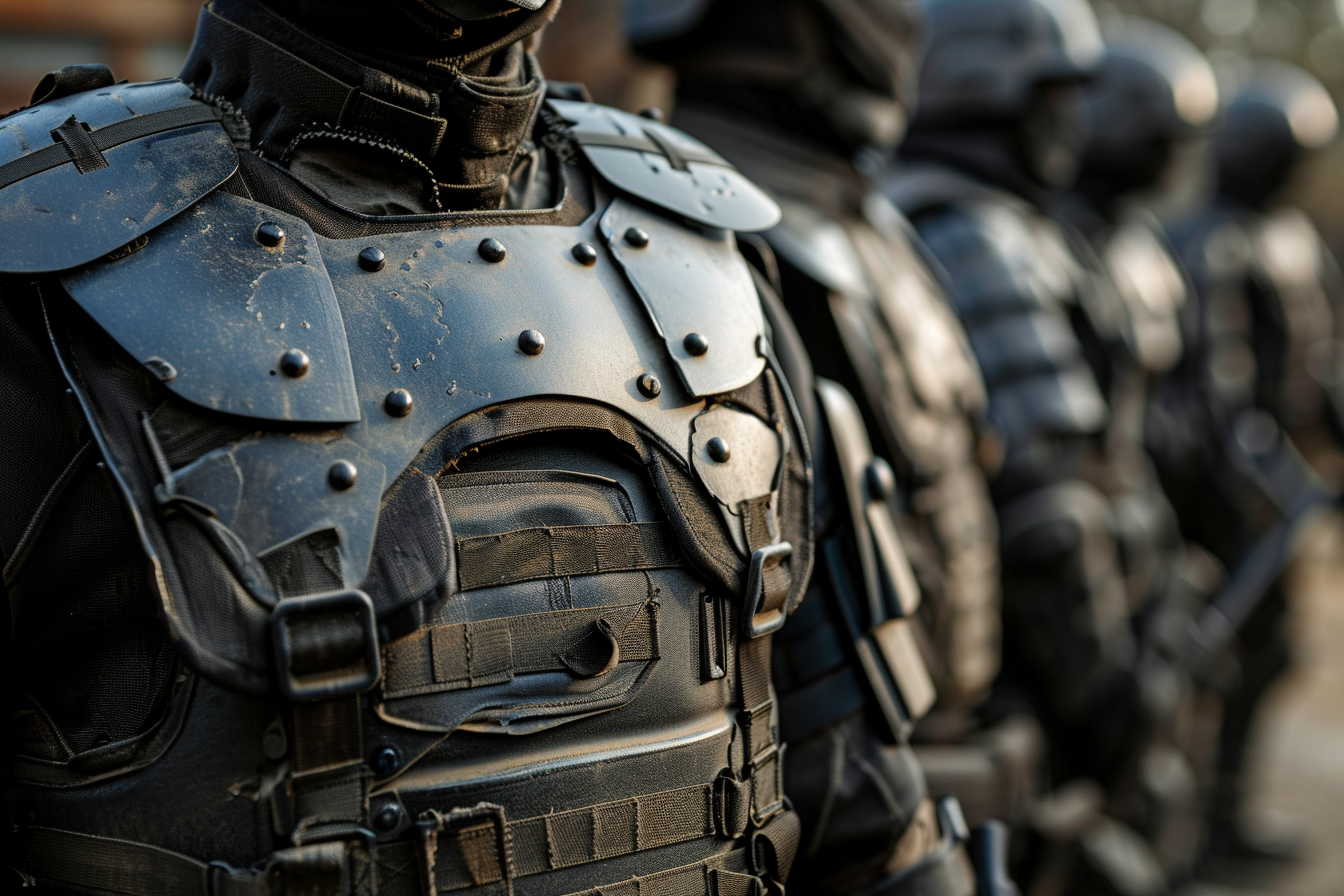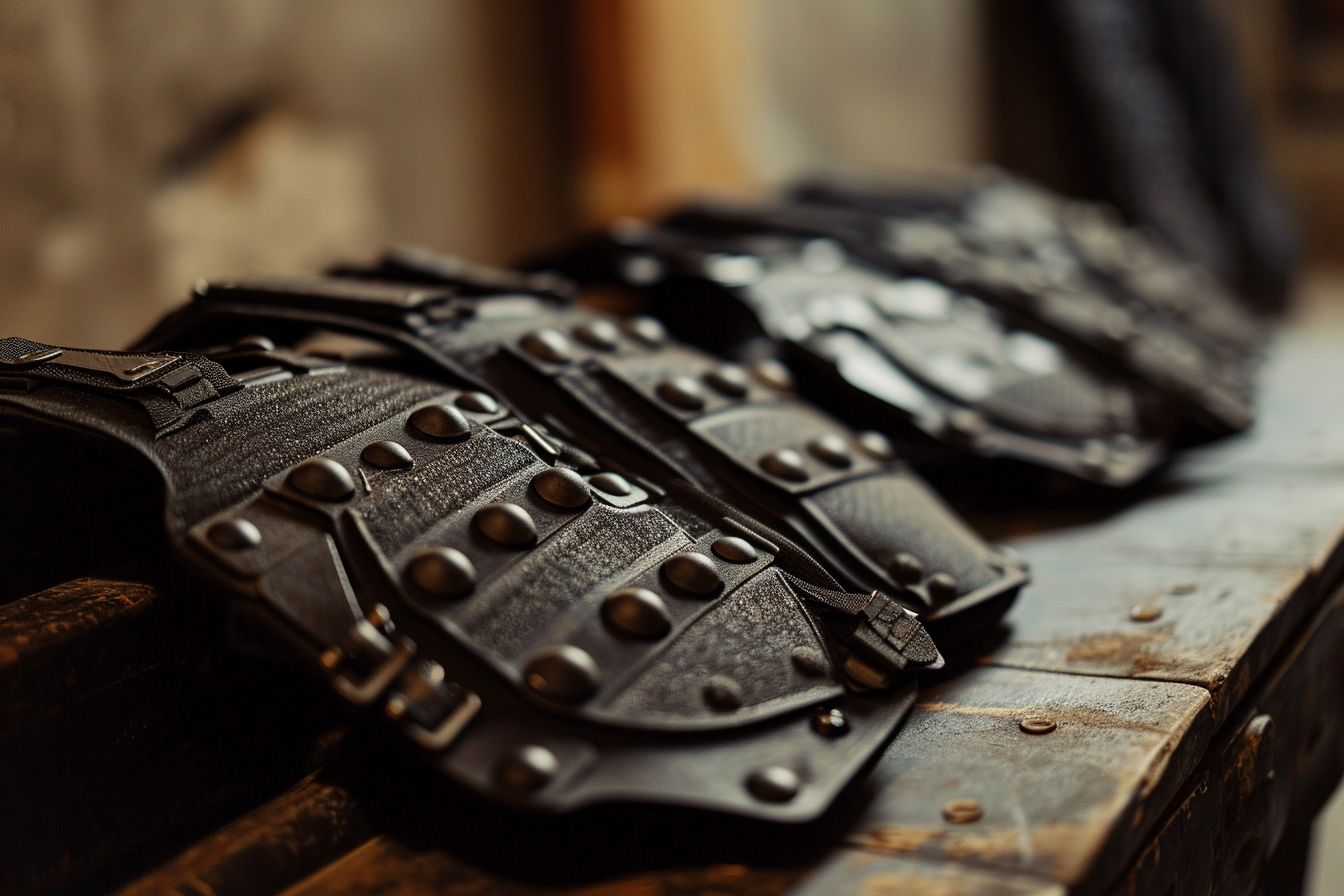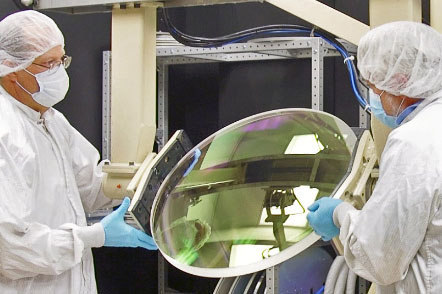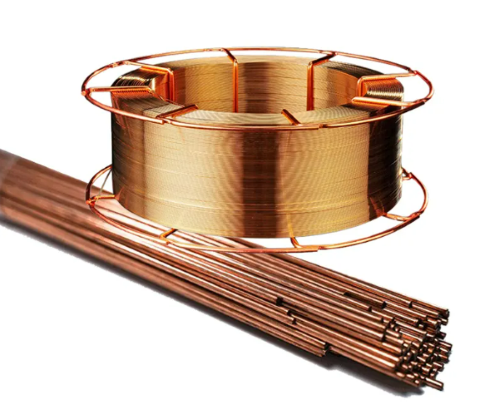Ballistic Protection Materials: Evolution Beyond Metal
In the annals of human history, metal has been a stalwart symbol of strength – heavy, unyielding, and formidable. However, the narrative of strength underwent a significant shift after World War II, when technological advancements birthed weapons of unprecedented power, rendering traditional metal materials insufficient. These conventional metals, once revered for their might, found themselves overshadowed in the face of new challenges, especially when it came to crafting ballistic protection personal armor.
The Rise of Synthetic Power: Kevlar and Beyond
Enter Kevlar, a synthetic fiber renowned for its extraordinary strength, capable of creating impenetrable clothing resistant to pistol bullets and knives. Despite this groundbreaking achievement, Kevlar's soft nature posed a challenge, as it could still lead to severe injuries to human tissues. Seeking advancements, the focus shifted to ultra-high molecular weight polyethylene and carbon fiber as potential substitutes for Kevlar. While these materials boasted enhanced strength, their inherent lack of hardness meant that they alone could shield an individual from fatality but left room for the risk of broken bones.

Composite Solutions: Hard Plates and Lightweight Alternatives
To address this limitation, innovators began incorporating hard plates, such as steel, into the fabric of these advanced vests. While effective, the resulting composite designs proved burdensome due to their weight. The introduction of magnesium alloys, though lighter, fell short in terms of efficacy against bullets.
In the quest for an optimal solution, ceramics emerged as a beacon of promise. Characterized by their exceptional hardness and lightweight properties compared to steel, ceramics swiftly rose to prominence as the preferred alternative. Ongoing research endeavors strive to develop ceramics that are even harder, lighter, and less brittle, positioning them at the forefront of ballistic protection materials.
Carbide Ceramics: The Vanguard of Ballistic Proof Materials
Carbide ceramics have emerged as a key player in the realm of ballistic-proof materials. Paired with strong fibers, these carbide plates have become integral components of vests, significantly contributing to the preservation of countless lives. The synergy between advanced fibers and cutting-edge ceramics has become a hallmark in the ongoing quest for improved protection.

Tungsten's Legacy: Unveiling the Power of Density and Hardness
Tungsten, recognized for its extraordinary density and hardness among metals, carved its niche as the quintessential material for armor-piercing shells post-World War II. Historically associated with the obliteration of enemy tanks and armored vehicles, tungsten's weight and hardness proved unparalleled. Innovators, however, continued to explore novel designs, leading to the development of composite armor.
Composite Armors: A Symphony of Alloys and Ceramics
These composite materials adopt a sandwich structure, utilizing alloys and ceramics in tandem. The layers exhibit varying degrees of hardness, enabling them to disrupt armor-piercing shells by causing them to fragment upon penetration. This ingenious design not only enhances protection but also serves as a testament to the relentless pursuit of advancements in ballistic defense.
Beyond Conventional Armor: External Ceramic Plates
In a contemporary twist, some nations have begun experimenting with hanging ceramic plates externally on vehicles, fortifying the main armor. This strategic augmentation reflects an ongoing commitment to refining and expanding the applications of ceramics in the realm of ballistic protection.
Conclusion: The Ongoing Saga of Innovation
In conclusion, the evolution of ballistic protection materials narrates a compelling story of innovation and adaptation. From the stalwart reign of metals to the advent of synthetic fibers, ultra-high molecular weight polyethylene, and carbon fiber, and finally, the ascension of ceramics and tungsten, the journey is one marked by a relentless pursuit of heightened protection. As science continues to push boundaries, the synergy of advanced fibers and ceramics stands as a testament to human ingenuity, safeguarding lives in the face of evolving threats.
For more information, please visit our homepage.



